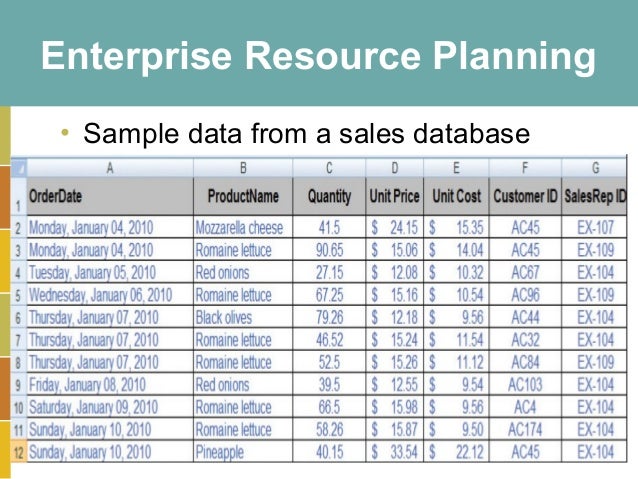MGT300 CHAPTER 3 : STRATEGIC INITIATIVES FOR IMPLEMENTING COMPETITIVE ADVANTAGES
STRATEGIC INITIATIVE :
-Organization can undertakes high profile strategic initiative including :
CUSTOMER RELATIONSHIP MANAGEMENT (CRM)
BUSINESS PROCESS RE-ENGINEERING (BPR)
-Organization can undertakes high profile strategic initiative including :
- Supply Chain Management (SCM)
- Customer Relationship Management (CRM)
- Business Process Reengineering (BPR)
- Enterprise Resource Planning (ERP)
SUPPLY CHAIN MANAGEMENT (SCM)
- Involves the management of information flows between and among stages in a supply chain to maximize total supply chain effectiveness and profitability.
- Supply chain strategy : The strategy for managing all the resources requires to meet customer demand for all products and services.
- Supply chain partners : The partners chosen to deliver finished products, raw material, and services including pricing, delivery and payment processes along with partners relationship monitoring metrics.
- Supply chain operation : The schedule for production activities including testing, packaging and preparation.
- Supply chain logistics : The product delivery processes and clement including orders, warehouse, carriers, defective products returns and invoicing.
Effective and Efficient Supply Chain Management's Effect on Porter's Five Forces
- Effective and efficient Supply Chain Management systems can be enable an organization to :
- Decrease the power of its buyers
- Increase its own supplier power
- Increase switching costs to reduce the threat of substitute products or services
- Create entry barriers thereby reducing the threat of new entrants
- Increase efficiency while seeking a competitive advantages through costs leadership.
- Involves managing all aspects of a customer's relationship with all organization to increase customer loyalty and retention and an organization's profitability.
BUSINESS PROCESS RE-ENGINEERING (BPR)
 |
| Seven Principles of Business Process Re-engineering |
- A business process is a standardized set of activities that accomplish a specific task, such as processing a customer's order. Business process reengineering (BPR) is the analysis and redesign of workflow within and between enterprise and the purpose of the BPR is to make all business processes best in class.
Finding Opportunity Using BPR
- A company can improve the way it travels the road by moving from foot to horse and then horse to car. BPR also looks at taking a different path, such as an airplane which ignore the road completely.
ENTERPRISE RESOURCE PLANNING (ERP)
- is the integrates all departments and functions throughout an organization into a single IT system so that employees can make decision by viewing enterprise wide information on all business operation and the keyword in ERP is 'enterprise'.
THANK YOU ;)







Comments
Post a Comment